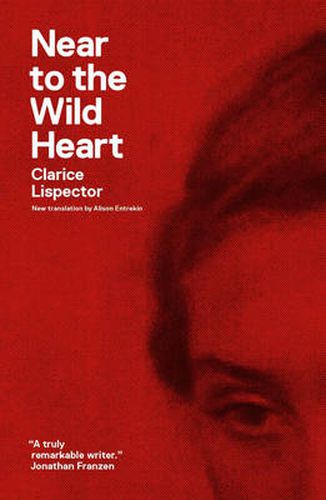Readings Newsletter
Become a Readings Member to make your shopping experience even easier.
Sign in or sign up for free!
You’re not far away from qualifying for FREE standard shipping within Australia
You’ve qualified for FREE standard shipping within Australia
The cart is loading…






$9.00 standard shipping within Australia
FREE standard shipping within Australia for orders over $100.00
Express & International shipping calculated at checkout
She was the woman who looked like Marlene Dietrich and wrote like Virginia Woolf. Clarice Lispector, born in the Ukraine and raised in Brazil, catapulted to fame in 1943 with the publication of her first novel, Near to the Wild Heart – she was only 23 years old. The book was an unprecedented sensation, and had critics comparing her to such writers as James Joyce and Jorge Louis Borges. Despite this success, and an eclectic oeuvre of work, Lispector remains barely known outside Latin America.
The narrative is unconventional: its epiphanies and interior monologue frame the life of Joana, from her middle-class childhood through her unhappy marriage and its dissolution to transcendence: there is a sort of fractured complaint against marriage embedded within the text. Finally, Joana proclaims ‘I shall arise as strong and comely as a young colt’. It is a chillingly immoral story, but Lispector uses it to address – with brutal lucidity – what would become the central theme of her work: What is the nature of God’s presence in the world?
Ironically, perhaps, Lispector married not long after the book’s publication. The wife of a Brazilian diplomat, she spent much of the 40s and 50s living in Europe and the United States, before returning to Rio de Janiero after her divorce in 1959, and completing several novels, including her final, and perhaps finest, The Hour of the Star.
Lispector’s writing remains unorthodox. Her stories lack discernable plots, yet they are full of simmering, impressionistic language. She writes with a modern and ecstatic vitality – one that can both impress and appall the reader.
This new translation, published by the very reputable independent press, New Directions, will hopefully bring the avant-garde world of Clarice Lispector to a wider international audience.
Nicole Mansour is from Readings St Kilda
See what the Readings’ team have to say on the blog, discover related events and podcast episodes.